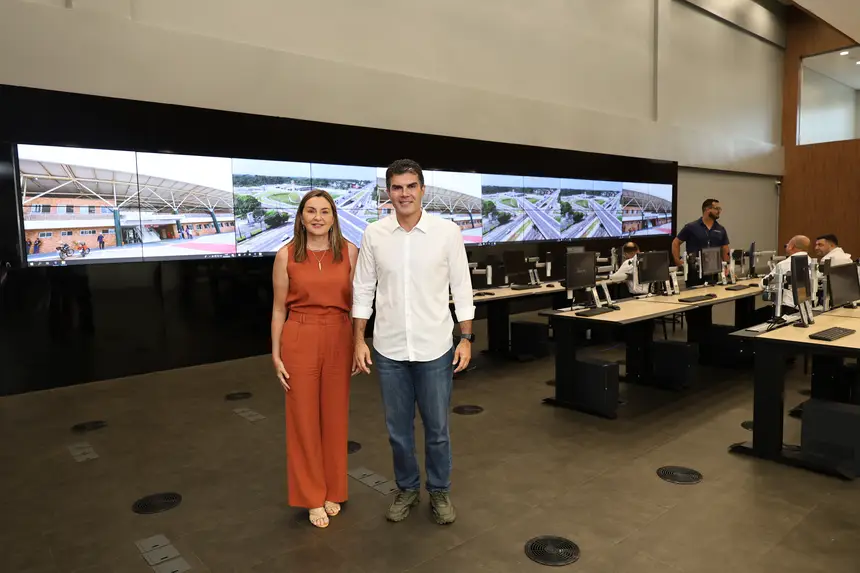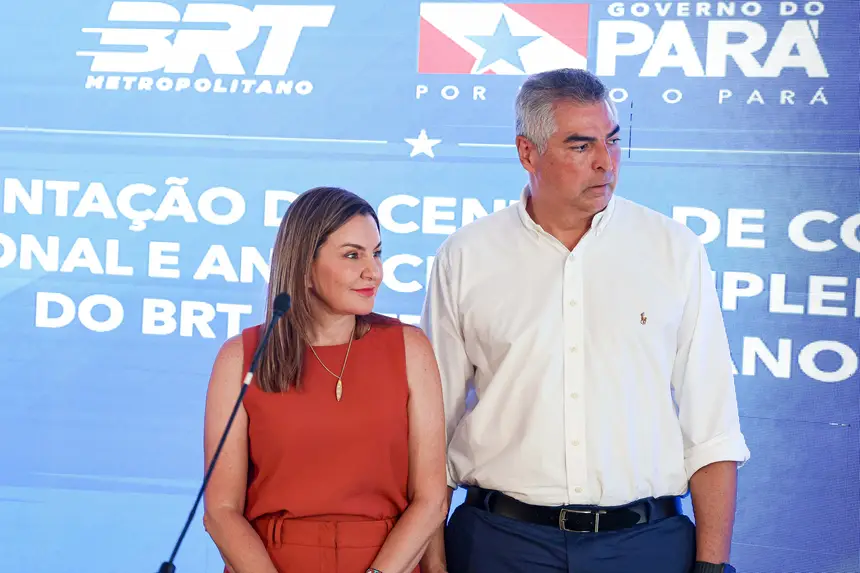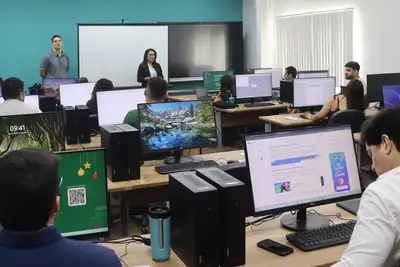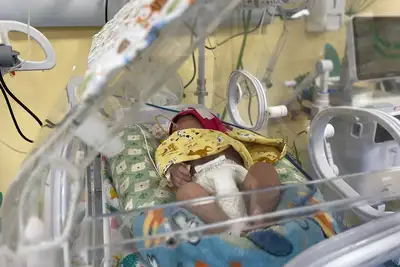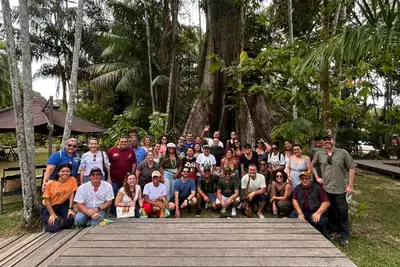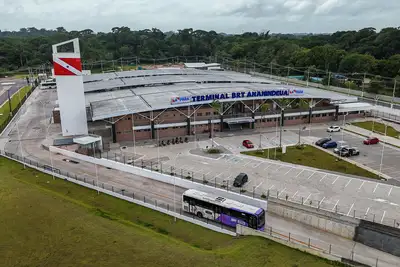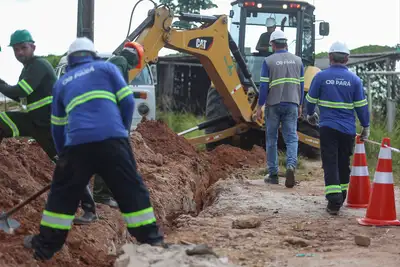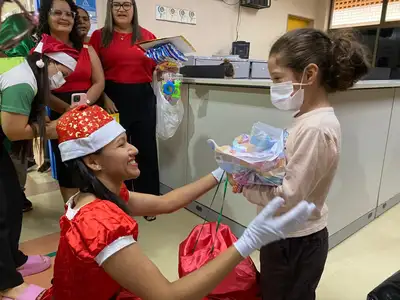Assisted operation of the Metropolitan BRT begins on November 1, with integration and a single fare in the Metropolitan Region
System will start progressively and will connect neighborhoods to the terminals of Ananindeua and Marituba via exclusive lanes; PraJá card ensures transfer with a single fare
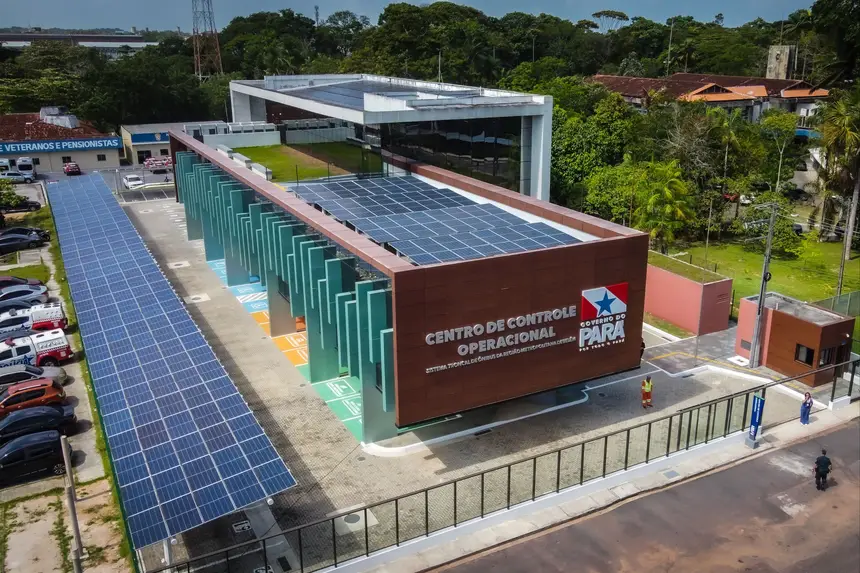
Starting next Saturday, November 1, the Government of Pará will begin the assisted operation of the Metropolitan BRT, an integrated public transport system that will connect the municipalities of the Metropolitan Region of Belém (RMB) through exclusive lines and a single fare of R$ 4.60. The initiative was presented this Tuesday (28) by Governor Helder Barbalho during a technical visit to the new Operational Control Center (CCO), which will monitor the entire operation of the system.
With gradual implementation, the Metropolitan BRT will interconnect Ananindeua, Marituba, Benevides, Santa Bárbara, Santa Izabel, and Castanhal to the city center through trunk lines operating in exclusive lanes, with air-conditioned buses, Wi-Fi, and accessibility. The expectation is that the system will serve up to 3.5 million passengers per month. On Sundays, the service will be free.
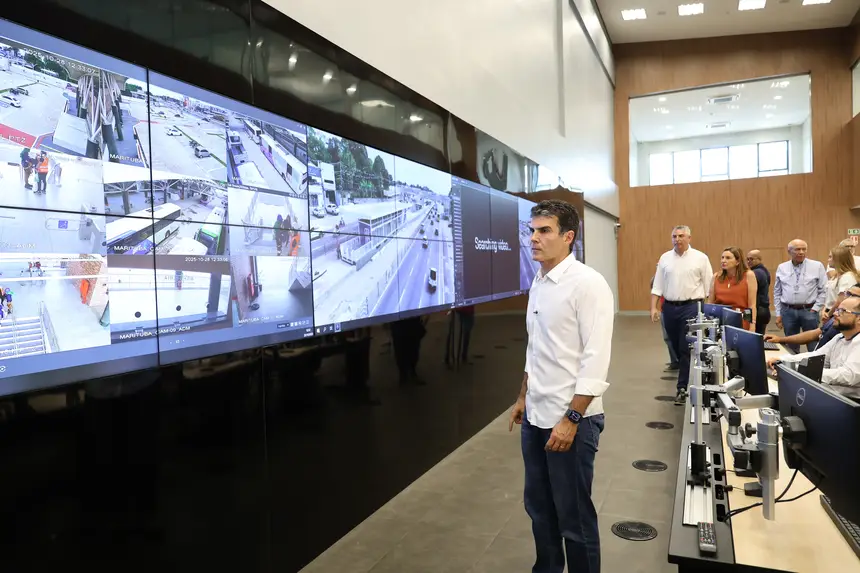
Total integration with the 'PraJá' card
The operational model integrates feeder and trunk lines, allowing the user to complete the journey with just one fare. The integration will be done exclusively through the PraJá card, which can be purchased at the terminals of Ananindeua and Marituba, as well as at the RMB Citizenship Stations.
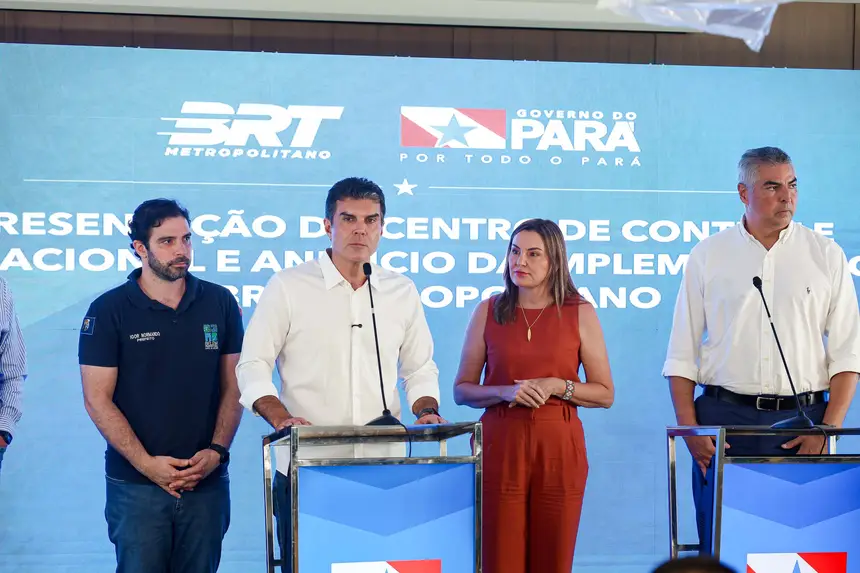
“Our goal is to improve the quality of public transport in the Metropolitan Region of Belém, reduce travel time, and modernize the concept of mobility. With a single fare, the passenger accesses brand new buses, all with air conditioning and Wi-Fi, which is the best to ensure comfort and dignity for users,” said Governor Helder Barbalho.
How the system will work
The passenger boards the feeder bus (blue color) in their neighborhood and travels to the integration terminals in Ananindeua or Marituba, where they transfer, at no additional cost, to the trunk buses (purple, departing from Marituba; green, departing from Ananindeua). The trunk lines operate express or stopping services at 13 stations along the corridor, with stops at strategic locations such as São Brás, Ver-o-Peso, and the Federal University of Pará (UFPA).
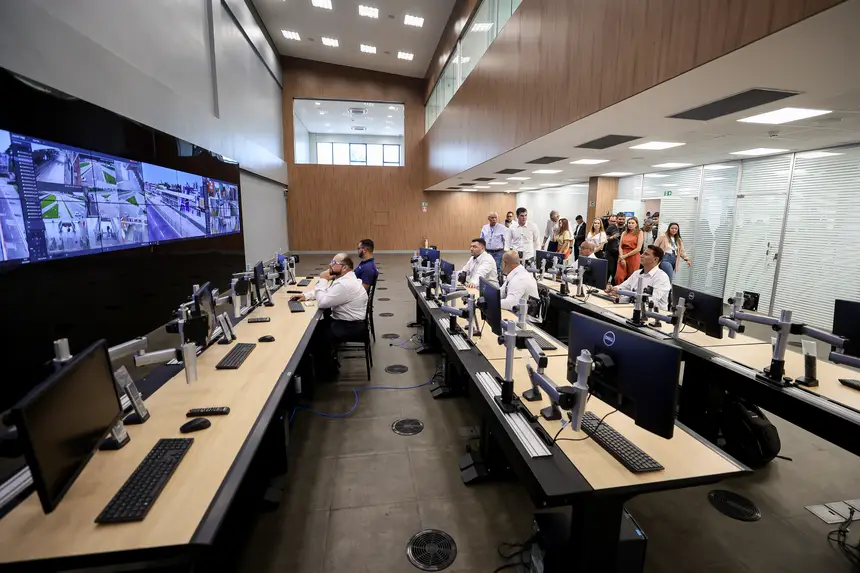
“People will leave their neighborhoods with a single fare to the integration terminal, where they will transfer at no additional cost and continue to their final destination. The entire system has been planned to ensure synchronization between the arrival of feeder lines and boarding on the trunk lines, reducing waiting time and making travel more efficient,” detailed the governor.
Modern and sustainable fleet
The Metropolitan BRT will have 265 buses, including 40 fully electric and 225 Euro 6 models, which emit up to 15 times less greenhouse gases. The lines will be divided into 26 feeder and 10 trunk lines, expanding network coverage and ensuring schedule regularity.

“Feeders and trunks form a different concept, with modern equipment, accessibility, Wi-Fi, and air conditioning. The service means less time in traffic, more savings, and quality transport,” said the State Secretary of Infrastructure, Adler Silveira.
100% digital ticketing
The ticketing system will be fully digital, with no cash used on board. The electronic validator automatically deducts the fare of R$ 4.60 (R$ 2.30 for students) from the PraJá card, which must be preloaded at service points.
“It is essential that the population acquires the card and makes top-ups at service points. There will be no ticket purchases inside the buses. The entire system is digital, ensuring agility and security in boarding,” advised Governor Helder Barbalho.
With the card, a passenger traveling from Castanhal to UFPA, for example, completes the entire journey paying only one fare, with the right to transfer at the terminals. The same benefit applies to residents of Benevides, Santa Bárbara, Santa Izabel, Marituba, and Ananindeua.
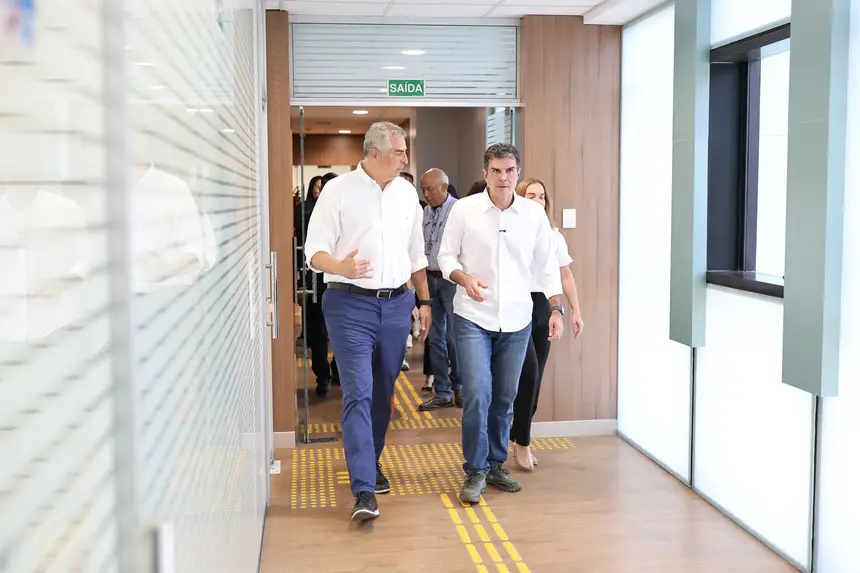
Complete infrastructure and security at the terminals
The integration terminals in Ananindeua and Marituba have been structured with a focus on the well-being and safety of users. They feature Citizenship Stations, clinics, restrooms, snack bars, and passenger assistance, as well as accessibility structures.
The circulation of buses and the operation of the system are monitored in real-time by the Operational Control Center, which brings together technicians from the Public Services Regulation and Control Agency (Arcon), the Traffic Department (Detran), the Military Police, and the responsible concessionaires.
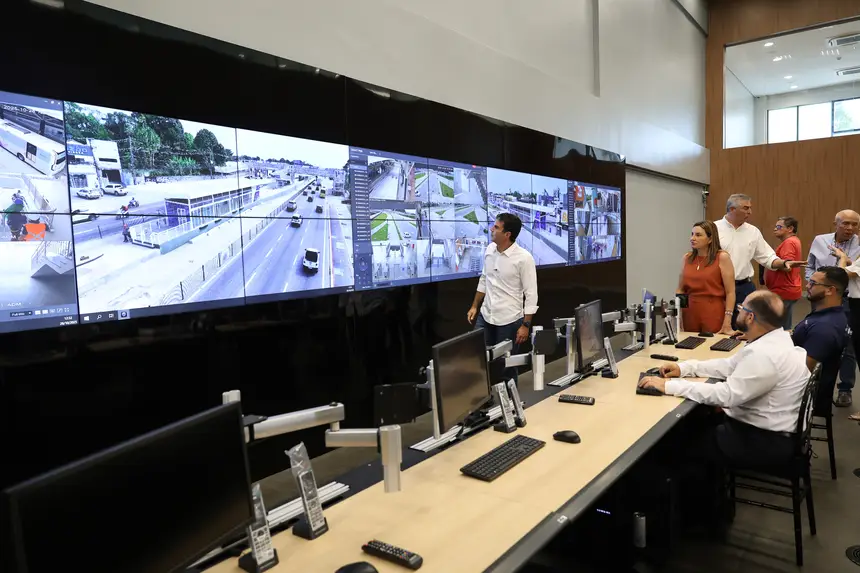
“The security platform organizes boarding and alighting, and the exclusive lane improves flow, reducing the number of buses on the main corridors. The CCO central will synchronize schedules to reduce travel times and enhance the user experience,” explained Adler Silveira.
Operational Control Center with sustainable certification
The building of the Operational Control Center is in the process of LEED certification (Leadership in Energy and Environmental Design), an international reference in sustainable construction. The structure has a solar energy system, rainwater reuse, and drainage system, reinforcing the Government of Pará's commitment to sustainability and the modernization of urban mobility.
From the CCO, images from cameras installed along the road corridor, stations, and terminals will be monitored, as well as fleet tracking and digital ticketing. The central will allow for quick responses to any occurrence, ensuring efficiency, safety, and comfort for users.


